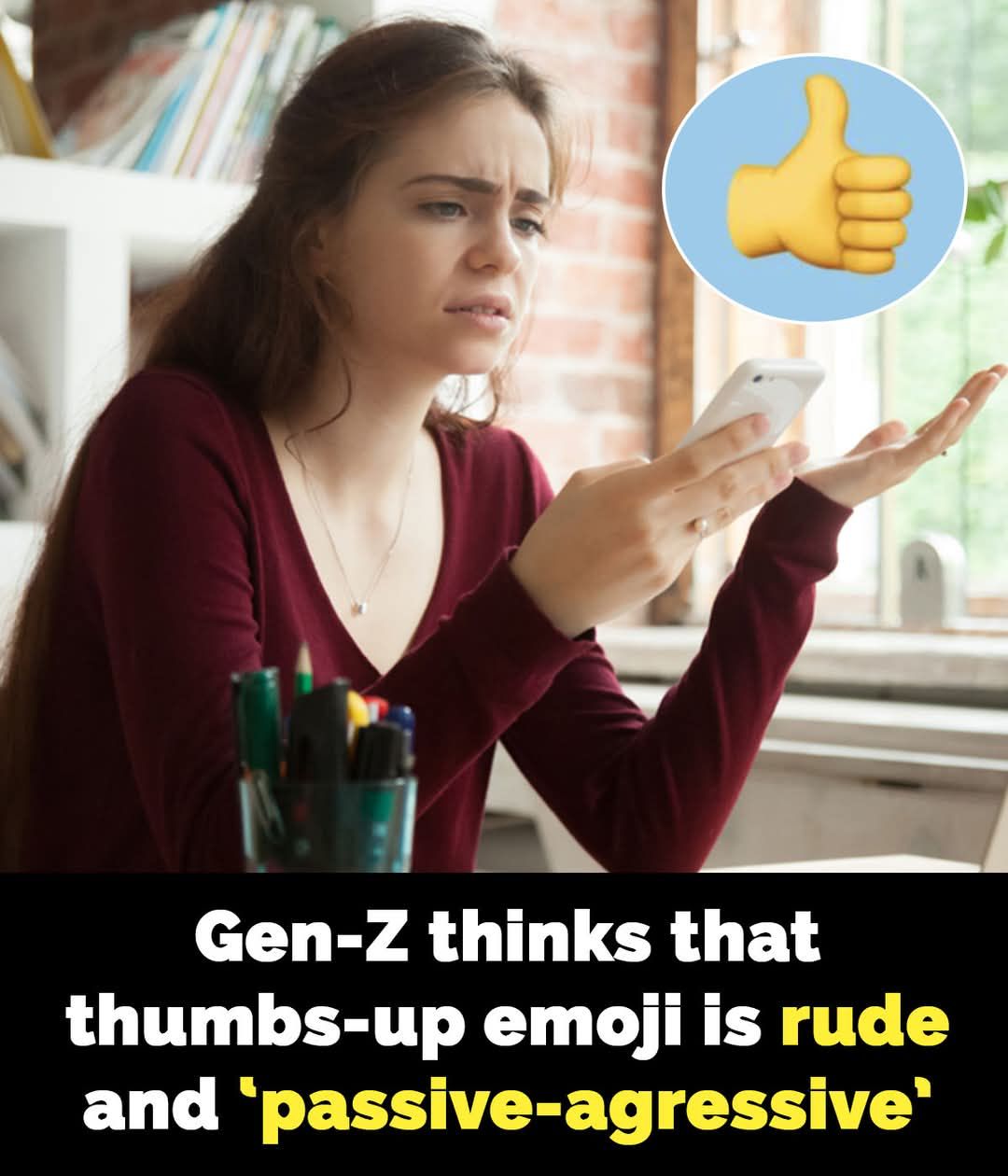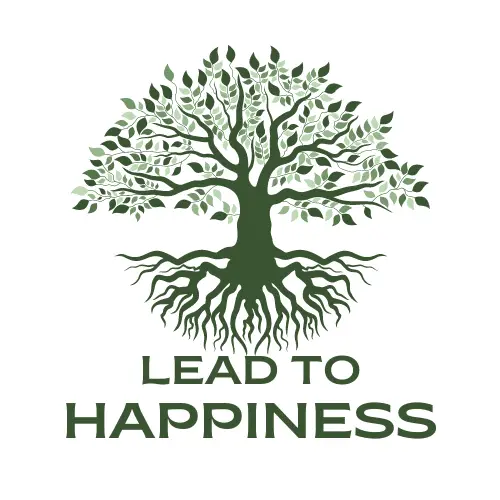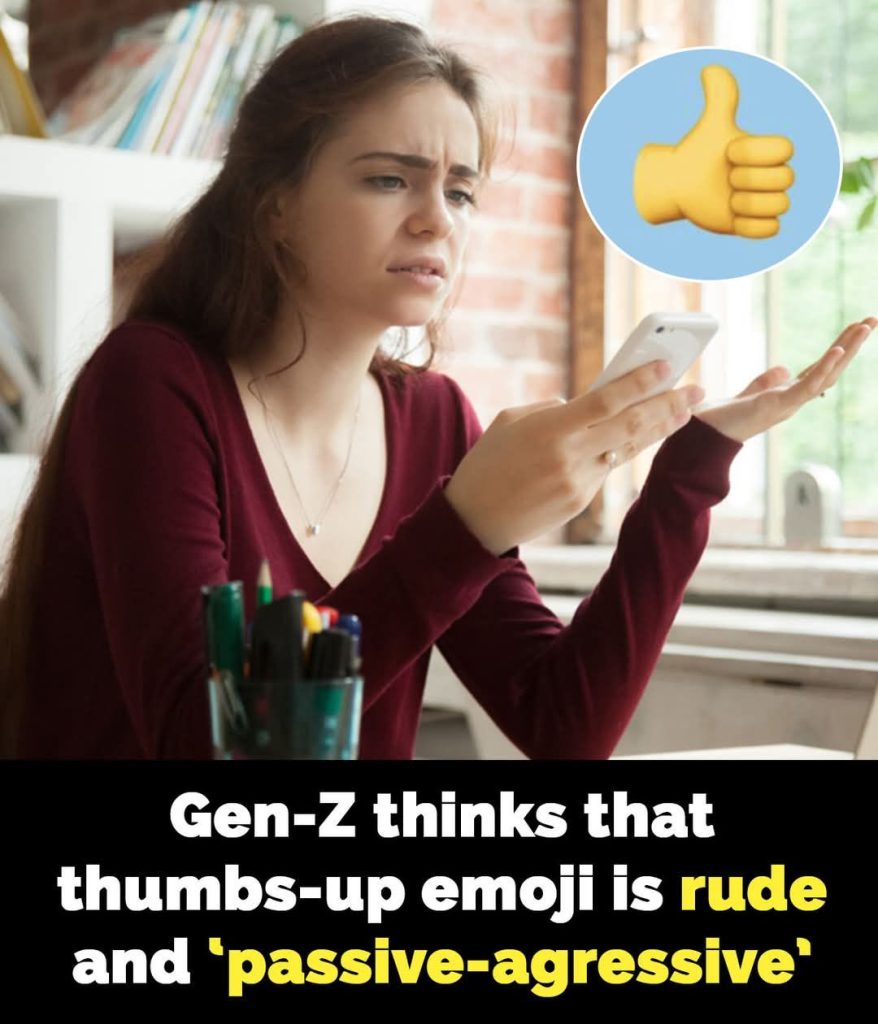Each generation comes with its quirks, and Gen Z is no exception. While we might not understand all their preferences and behaviors, learning about them can help bridge the gap and keep us in the loop.
This article explores how something as simple as an emoji seemingly harmless to some can carry a completely different meaning for others.
For Baby Boomers and Gen X, deciphering millennials was a challenge, and now it’s Gen Z turn to spark confusion. Like any younger generation, their unique habits and perspectives often leave older generations scratching their heads.

Take the thumbs-up emoji, for example. What many see as an innocuous gesture, some Gen Z individuals perceive as passive-aggressive or even triggering.
A Gen Z employee who recently joined the workforce shared their experience:
“I started an ‘adult job’ where we use Microsoft Teams to communicate. There are only a few emojis available to react to messages, and most colleagues frequently use the thumbs-up emoji.
I don’t use it much. I prefer to ‘heart’ reactions or respond with a quick ‘Great!’ or ‘Thanks!’ (though I feel like I overuse exclamation marks, but that’s another story). Still, the thumbs-up reaction feels unsettling to me. Does anyone else feel this way?”
Others agreed, with one user commenting, “for younger people (I’m 24, for reference), the thumbs-up emoji often comes across as really passive-aggressive.
Another added, it probably feels unsettling because it’s impersonal. Based on your post, you seem like someone who values more genuine interactions.
This generational disconnect highlights how symbols, like emojis, can evolve in meaning and be interpreted differently depending on the context. What do you think about this shift in emoji culture?
Share your thoughts in the comments and pass this along to anyone who might find it interesting!

